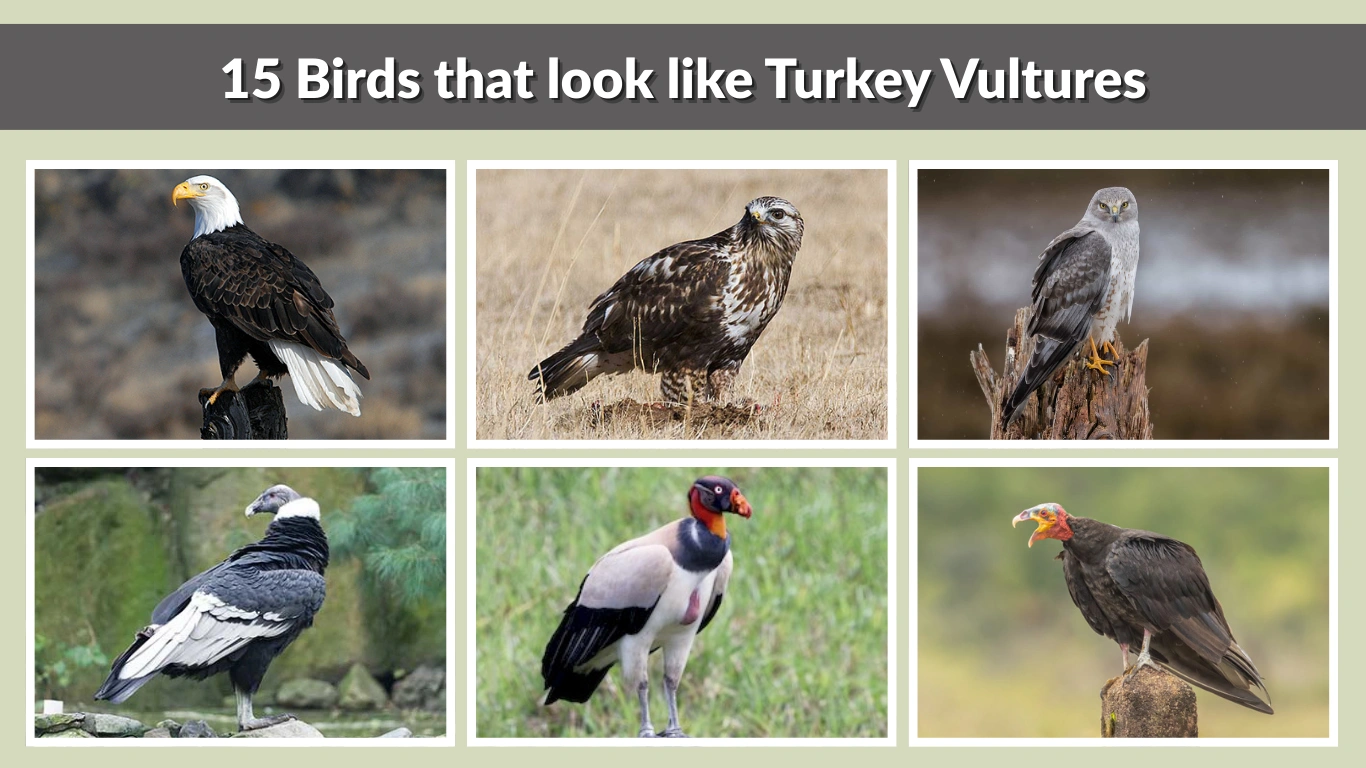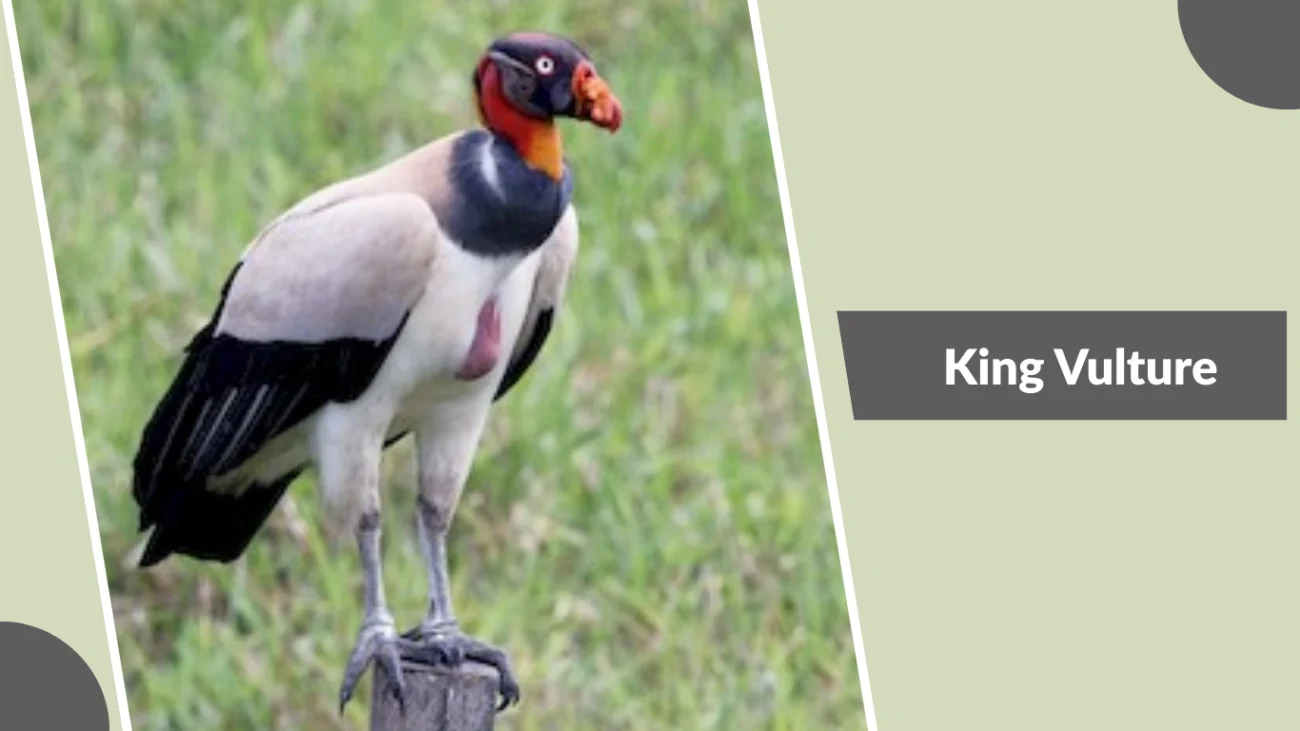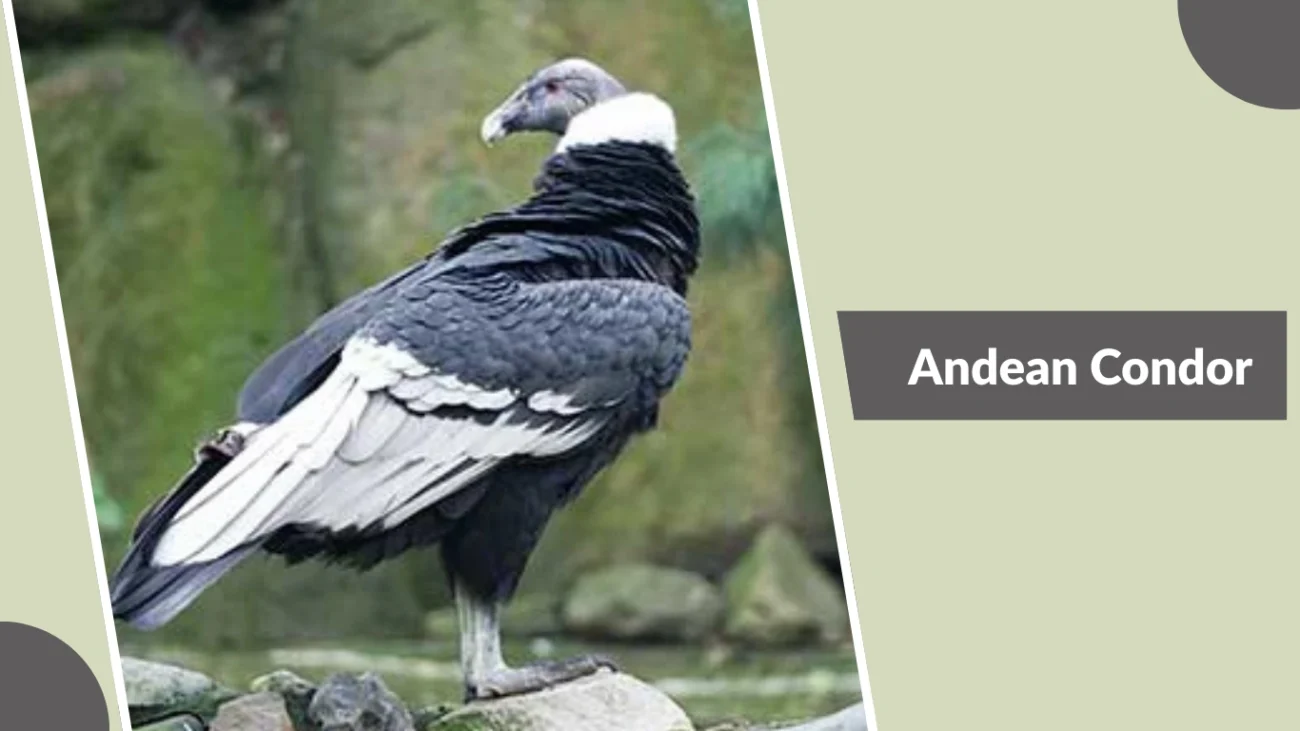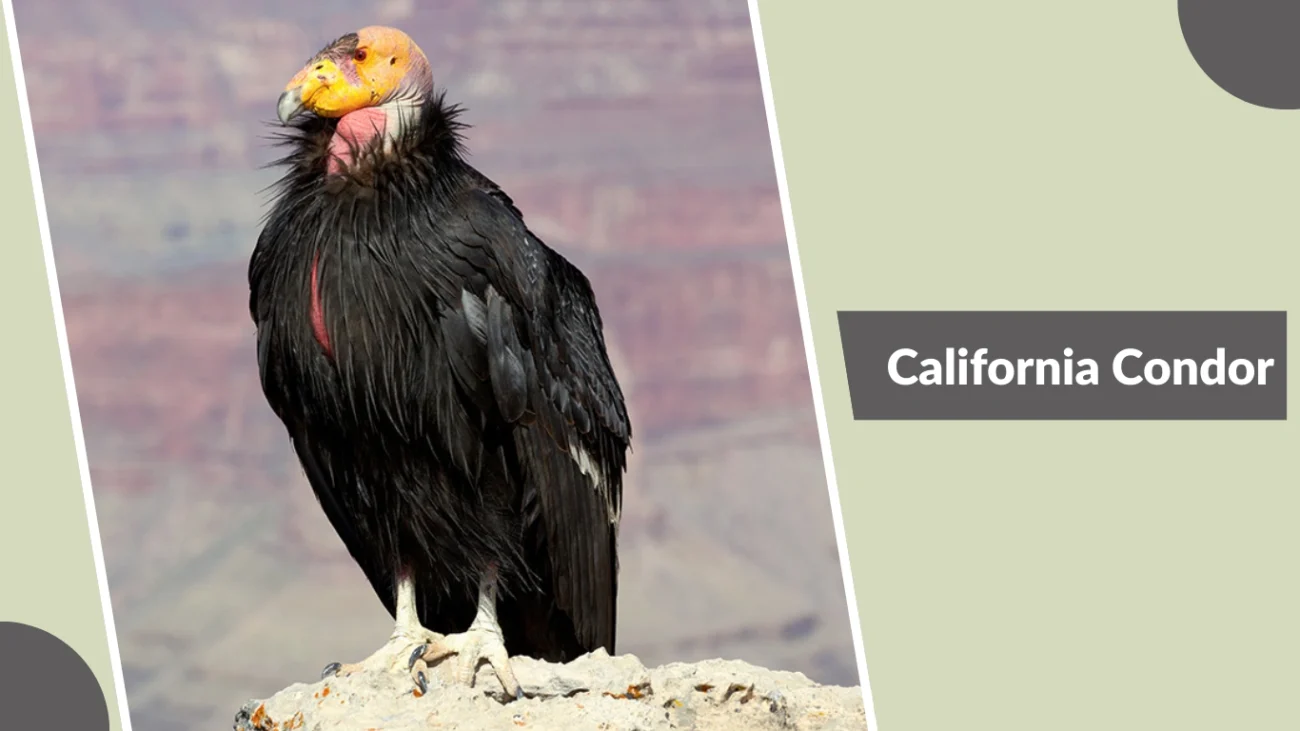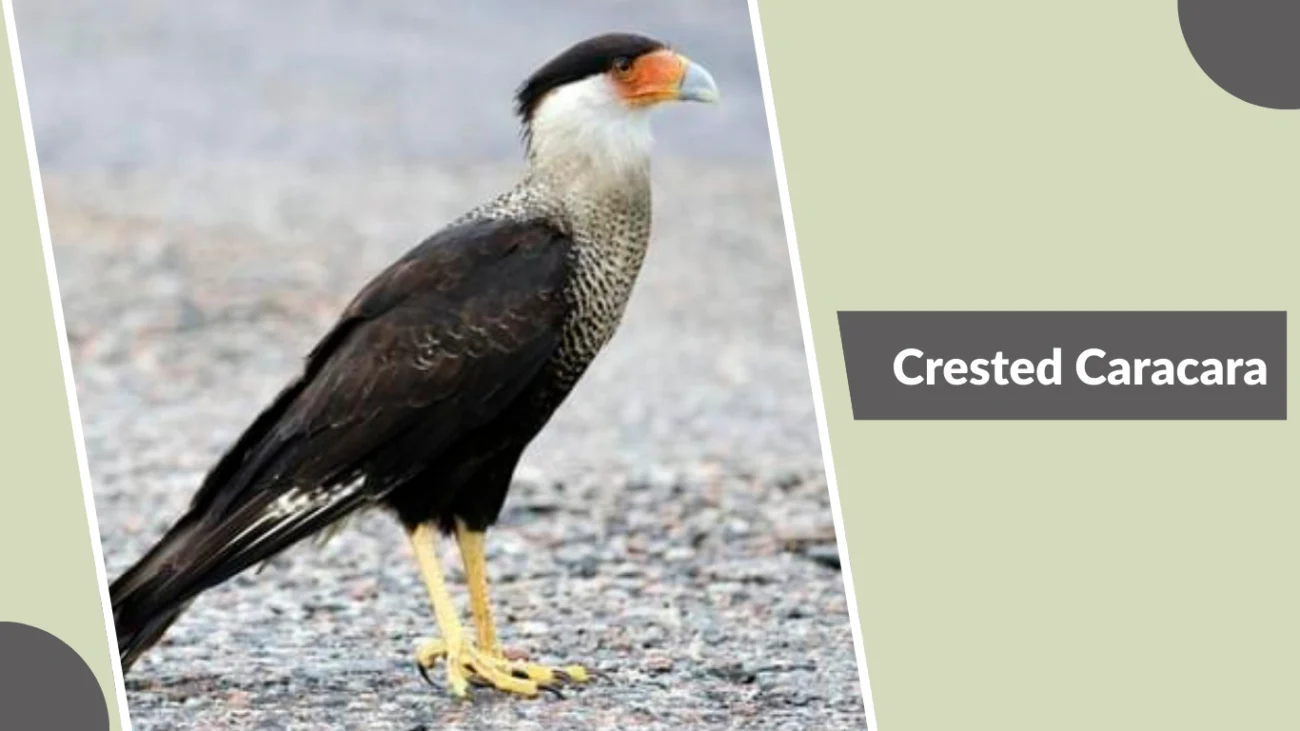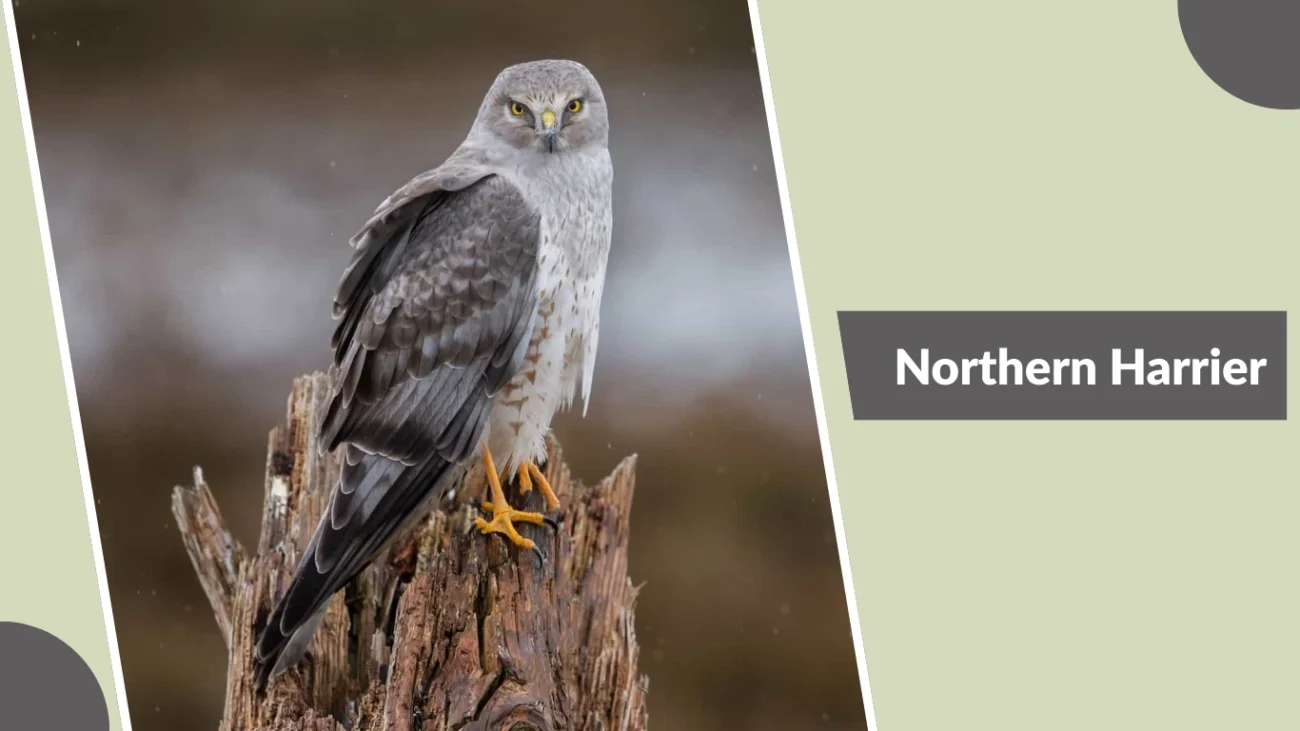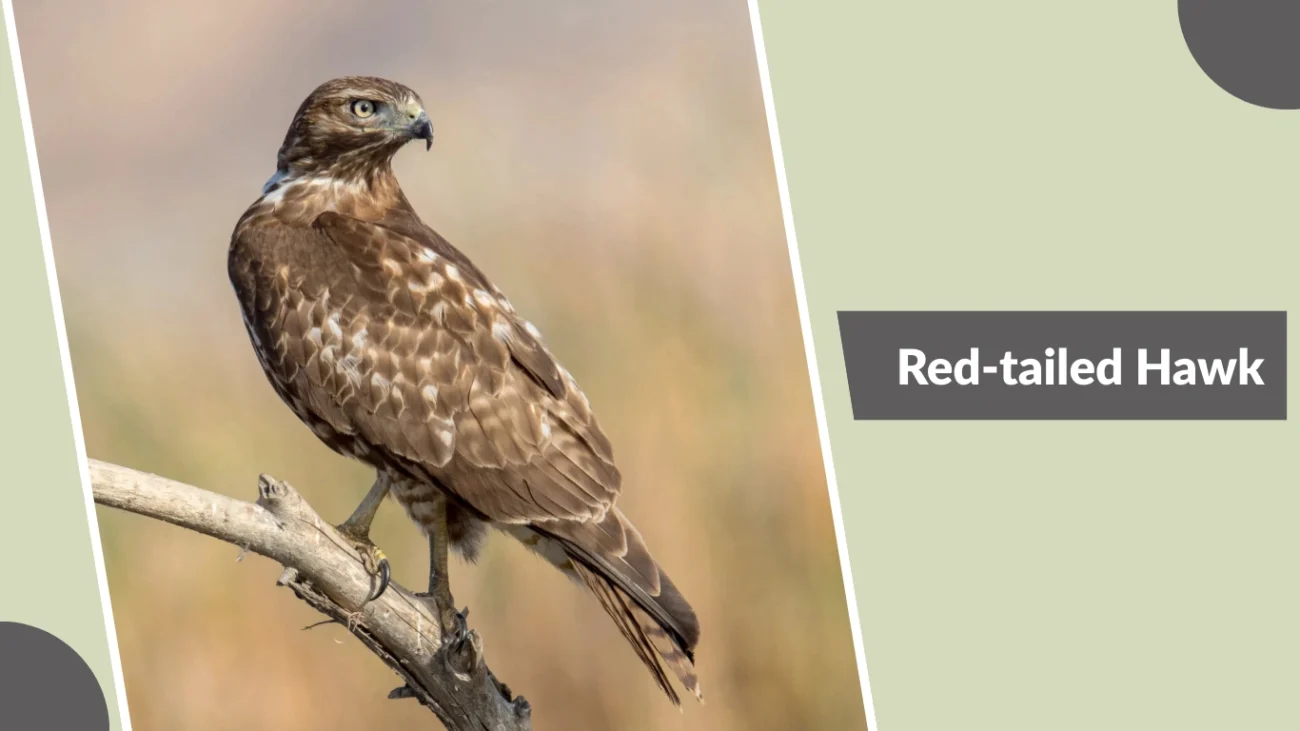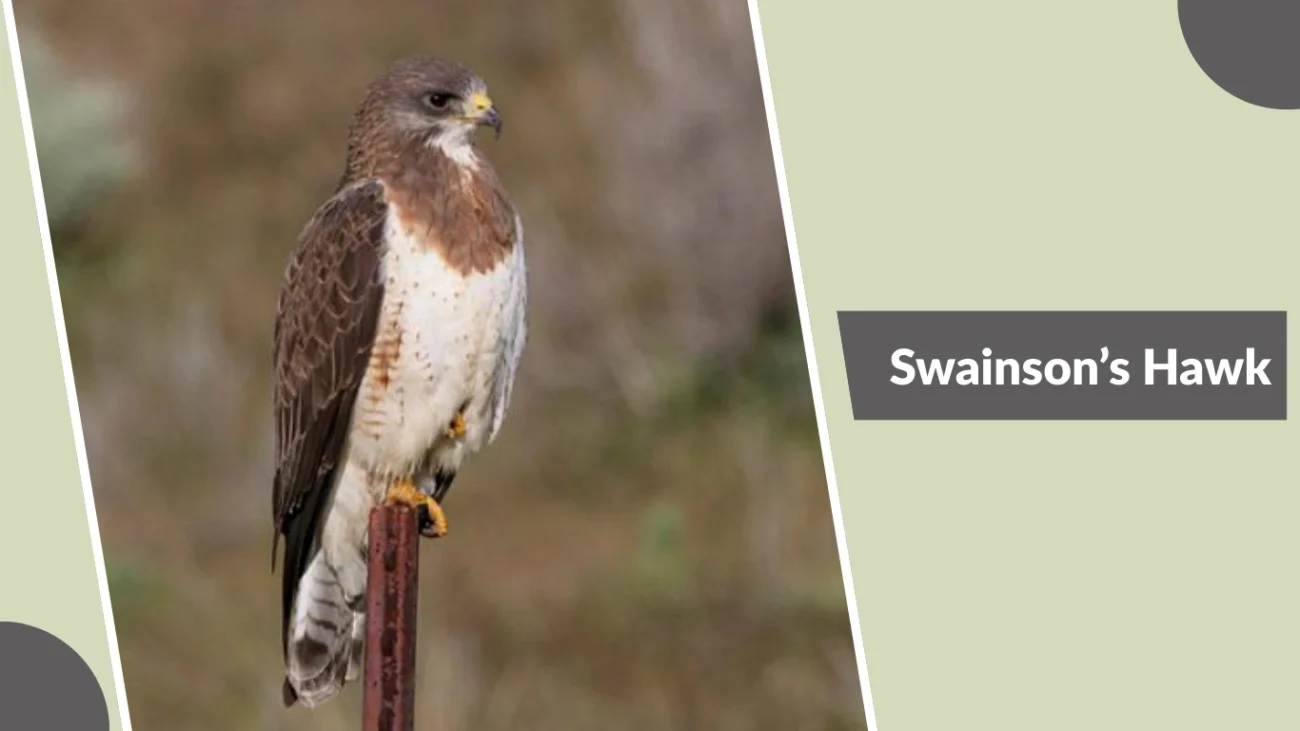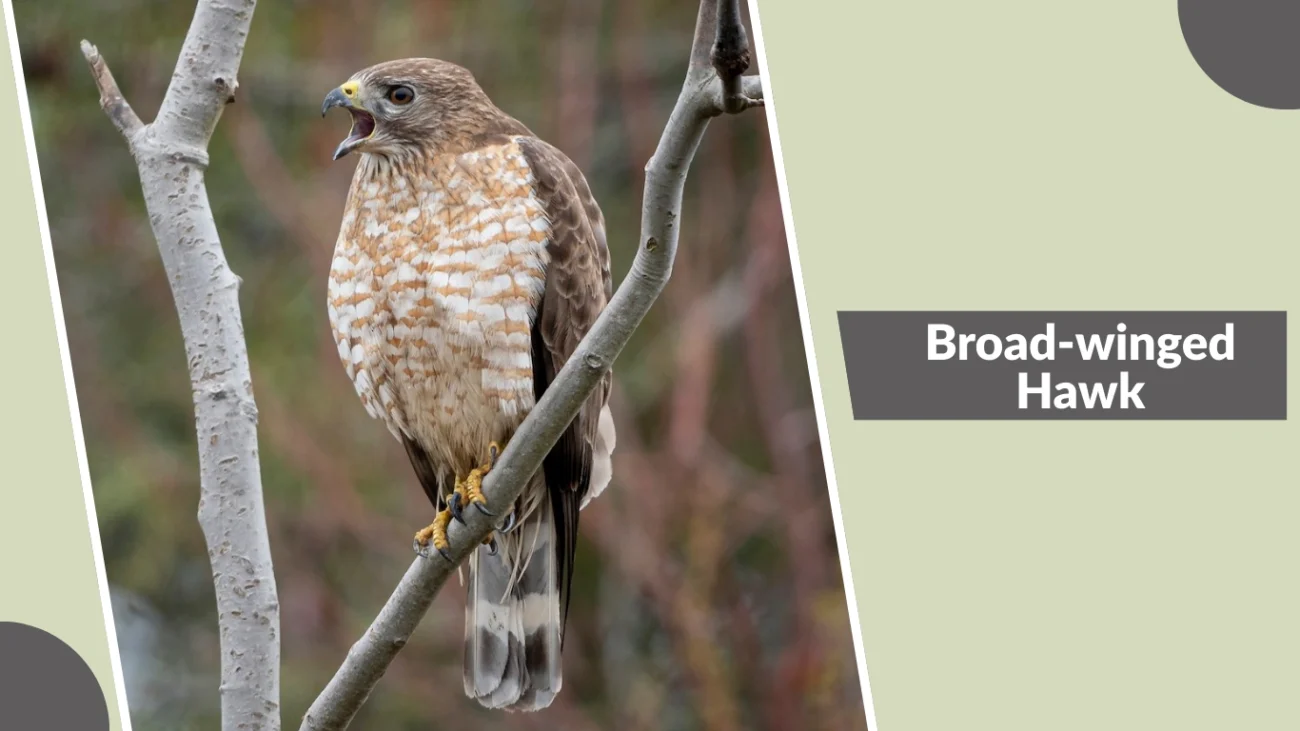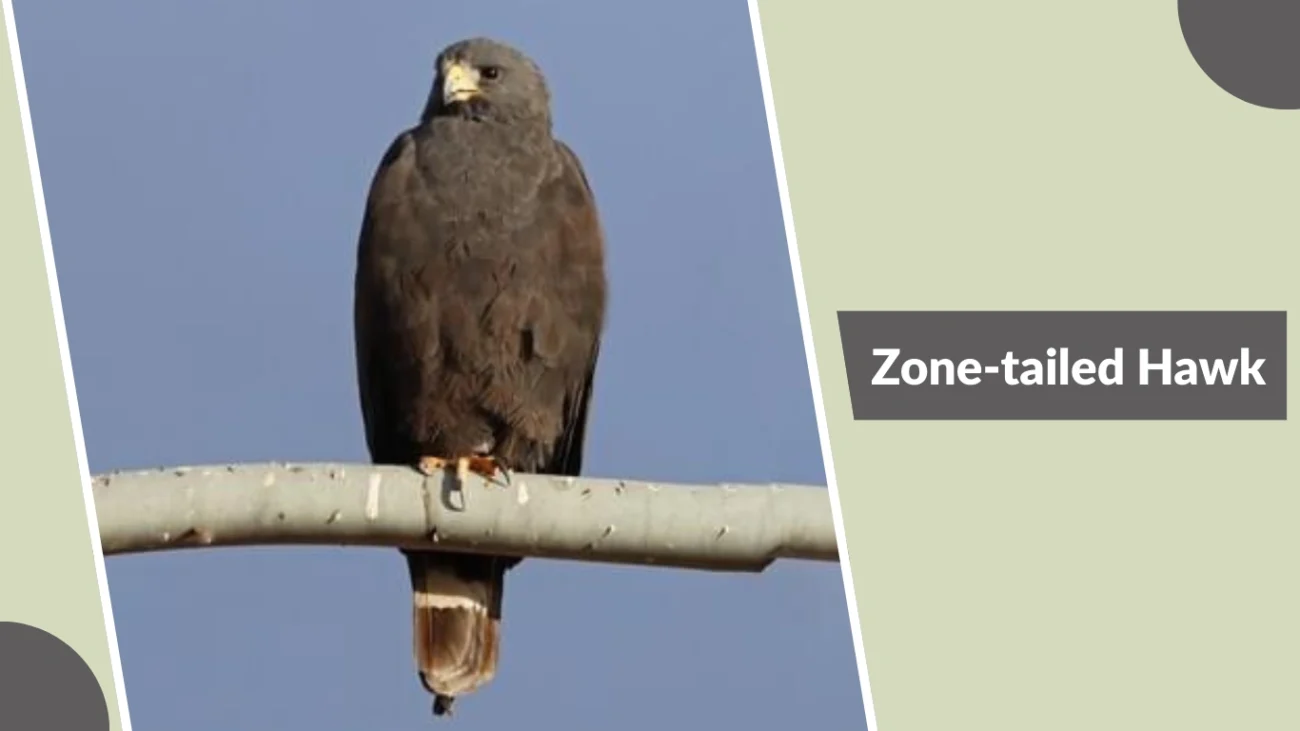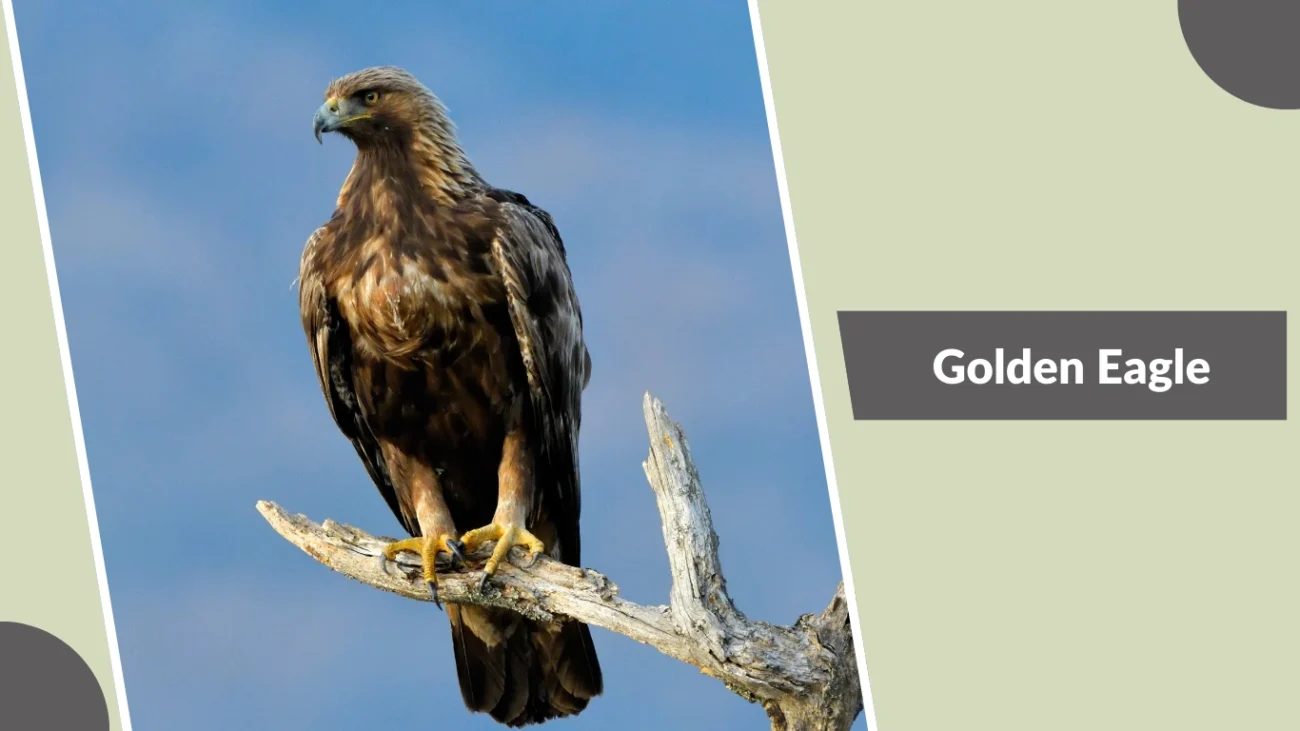Turkey Vultures are often spotted soaring high with their wings spread wide, but many other birds share a similar silhouette and flight style, leading to frequent misidentifications. From hawks and eagles to other vulture species, these birds can easily be mistaken for Turkey Vultures, especially from a distance. In this article, we’ll explore 15 birds that resemble Turkey Vultures and highlight what makes each one unique.
1. Black Vulture
The Black Vulture is a large scavenger bird that closely resembles the Turkey Vulture but can be distinguished by its shorter tail, darker plumage, and different flight patterns. Commonly found across the Americas, it often shares habitats with Turkey Vultures and is known for its aggressive feeding behavior.
Identification
- Size: 56–74 cm (22–29 in) long
- Wingspan: 1.3–1.7 m (4.3–5.6 ft)
- Color: Entirely black plumage with white patches at the wing tips
- Head: Bare and dark grayish-black
- Tail: Short and squared compared to the Turkey Vulture
- Flight pattern: Flaps wings more frequently, unlike the soaring glide of Turkey Vultures
Habitat
Black Vultures are widely distributed in the southeastern United States, Central America, and much of South America. They inhabit open areas, forests, farmland, and urban regions, often nesting in caves, hollow trees, or abandoned buildings.
Behavior
This bird is highly social, often feeding in groups and dominating food sources over Turkey Vultures. It relies more on eyesight than smell to locate carrion, sometimes following Turkey Vultures to food. Black Vultures are also known to attack weak or newborn animals when carrion is scarce.
Importance
As scavengers, Black Vultures play a crucial role in ecosystems by cleaning up carcasses and preventing the spread of disease. However, they are sometimes considered pests due to livestock predation and aggressive feeding habits near human settlements.
2. Greater Yellow-headed Vulture
The Greater Yellow-headed Vulture is a large New World vulture that looks quite similar to the Turkey Vulture but is distinguished by its bright yellow to orange bare head. Found mainly in South America, it inhabits humid lowland forests and open woodland edges.
Identification
- Size: 64–75 cm (25–30 in) long
- Wingspan: About 1.7 m (5.6 ft)
- Color: Dark brown to black plumage with slight sheen
- Head: Bare, bright yellow to orange, sometimes with reddish tints
- Tail: Long and rounded, resembling that of the Turkey Vulture
- Flight pattern: Soars gracefully with wings held in a shallow “V”
Habitat
This vulture prefers tropical and subtropical lowland forests in the Amazon Basin. It is often spotted soaring over river edges, forest clearings, and savannas, searching for carrion.
Behavior
The Greater Yellow-headed Vulture has an excellent sense of smell, which it uses to locate carcasses beneath dense forest canopies—similar to the Turkey Vulture. It is generally solitary or seen in small groups, avoiding the larger, more dominant vultures at feeding sites.
Importance
By feeding on dead animals, the Greater Yellow-headed Vulture helps maintain ecological balance and reduce the spread of diseases in tropical regions. Its presence also indicates a healthy forest ecosystem where carrion recycling is active.
3. Lesser Yellow-headed Vulture
The Lesser Yellow-headed Vulture is another carrion-feeding bird that resembles the Turkey Vulture. It is slightly smaller than its close relatives and is best recognized by its yellow to orange head with bluish tones. It mainly inhabits open wetlands and grasslands across Central and South America.
Identification
- Size: 53–66 cm (21–26 in) long
- Wingspan: 1.6 m (5.2 ft) on average
- Color: Dark plumage with a slight brownish tint
- Head: Bare, yellow to orange with bluish and greenish shades depending on age and region
- Tail: Medium length, rounded at the end
- Flight pattern: Soars with wings held in a shallow “V,” similar to Turkey Vultures but with quicker flaps
Habitat
The Lesser Yellow-headed Vulture prefers open habitats such as savannas, marshes, swamps, and grasslands. Unlike many other vultures, it is less common in dense forests and is often seen flying low over wetlands searching for food.
Behavior
This species relies on a strong sense of smell to detect carrion, particularly in open wetlands where carcasses may be hidden by tall grasses. It often feeds alone but may join small groups around abundant food sources. Compared to the Turkey Vulture, it is slightly more active in flapping during flight.
Importance
As a scavenger, the Lesser Yellow-headed Vulture plays a vital role in cleaning ecosystems by consuming dead animals. Its preference for wetland and grassland environments makes it an important part of the ecological cycle in open landscapes.
4. King Vulture
The King Vulture is a striking and powerful scavenger that, while different in appearance from the Turkey Vulture, is often confused with it due to its large size and soaring flight style. Native to Central and South America, it is considered one of the most colorful vultures in the world.
Identification
- Size: 67–81 cm (26–32 in) long
- Wingspan: Around 2 m (6.6 ft)
- Color: White body with contrasting black flight feathers and tail
- Head: Bare and vividly colored with red, orange, yellow, and purple skin, along with a fleshy caruncle on the beak
- Tail: Short and squared
- Flight pattern: Soars gracefully with steady wingbeats, often gliding for long periods
Habitat
King Vultures inhabit lowland tropical forests, savannas, and open areas near dense woodland. They are widespread from southern Mexico through Central America into much of South America, particularly the Amazon Basin.
Behavior
These vultures are dominant at carcass sites, often displacing smaller vultures, including Turkey Vultures. While they lack a strong sense of smell, they follow Turkey Vultures and Lesser Yellow-headed Vultures to carcasses, using sight to locate food. Their powerful beaks allow them to tear through tough hides that other vultures cannot penetrate.
Importance
As one of the most dominant scavengers in their range, King Vultures help open carcasses for smaller vultures, playing a critical role in the food chain. Their presence ensures faster decomposition and recycling of nutrients into ecosystems.
5. Andean Condor
The Andean Condor is one of the largest flying birds in the world and can resemble a Turkey Vulture from a distance due to its soaring flight and dark plumage. Native to South America, especially the Andes Mountains, it is a symbol of power and freedom in many local cultures.
Identification
- Size: 100–130 cm (3.3–4.2 ft) long
- Wingspan: 3–3.3 m (10–11 ft), one of the widest of any bird
- Color: Mostly black with striking white patches on wings and a white ruff around the neck
- Head: Bare and reddish, with males featuring a fleshy comb on the forehead
- Tail: Medium length and squared
- Flight pattern: Masters of soaring, gliding effortlessly on thermal currents with minimal wing flapping
Habitat
Andean Condors inhabit mountainous regions, coastal cliffs, and open grasslands across South America. They are especially common along the Andes mountain range, where strong winds and thermal currents support their soaring lifestyle.
Behavior
These condors are social and often seen flying in pairs or groups. They primarily feed on large carcasses of livestock, wild mammals, and marine animals. Lacking a strong sense of smell, they rely heavily on sight and the presence of smaller vultures, such as Turkey Vultures, to locate food. Their dominance at carcasses allows them to feed first.
Importance
The Andean Condor is an essential scavenger, contributing to ecosystem health by cleaning up large carcasses. It also holds great cultural and spiritual significance among Andean communities, symbolizing longevity and strength. Sadly, it is considered vulnerable due to habitat loss and poisoning.
6. California Condor
The California Condor is one of the rarest birds in the world and, like the Turkey Vulture, it is a large soaring scavenger with dark plumage and a bare head. Once nearly extinct, intensive conservation programs have brought its population back from the brink.
Identification
- Size: 109–140 cm (3.5–4.6 ft) long
- Wingspan: 2.7–3 m (9–10 ft), the largest of any North American bird
- Color: Black body with striking white wing patches visible in flight
- Head: Bare, orange to pinkish-red, turning brighter during breeding season
- Tail: Broad and short, aiding in gliding flight
- Flight pattern: Soars with steady, shallow wingbeats and long glides, similar to Turkey Vultures
Habitat
California Condors are mainly found in the western United States, especially in California, Arizona, Utah, and Baja California (Mexico). They prefer rocky cliffs, canyons, and open grasslands for roosting and nesting.
Behavior
They are primarily carrion feeders, relying on large dead animals such as deer, sheep, and cattle. Unlike Turkey Vultures, they lack a keen sense of smell and depend on sharp eyesight to locate food. They often follow smaller vultures and scavengers to carcasses. California Condors are also known for their slow maturity and extremely long lifespan, sometimes living over 60 years in the wild.
Importance
The species plays a crucial ecological role by cleaning up large carcasses, preventing the spread of disease. It is also a flagship species for conservation, symbolizing the success of wildlife protection efforts. Despite ongoing challenges, the California Condor is a powerful reminder of the importance of preserving endangered species.
7. Crested Caracara
The Crested Caracara is a large raptor that can sometimes be mistaken for a Turkey Vulture due to its size, dark plumage, and scavenging habits. Unlike true vultures, it belongs to the falcon family and is more predatory in behavior, though it also feeds extensively on carrion.
Identification
- Size: 49–58 cm (19–23 in) long
- Wingspan: 1.2–1.3 m (4–4.3 ft)
- Color: Dark brown to black body with a white neck, breast, and wingtips
- Head: Bare face with bright orange to yellow skin, topped with a dark cap
- Tail: Long with bold black-and-white banding
- Flight pattern: Soars with slow, deliberate wingbeats, often resembling vultures from afar
Habitat
Crested Caracaras inhabit open areas such as grasslands, deserts, scrublands, and savannas. They are found from the southern United States (Florida, Texas, and Arizona) through Central America into South America.
Behavior
These birds are opportunistic feeders, hunting small mammals, reptiles, and insects, but also scavenging like vultures. They are often seen walking on the ground near roads or open fields, feeding on carrion. Unlike Turkey Vultures, which rely on smell, Crested Caracaras primarily use sight to find food.
Importance
As both predators and scavengers, Crested Caracaras play a dual role in ecosystems—controlling small animal populations and cleaning up carrion. In many cultures, they are admired for their boldness and adaptability, often being referred to as “Mexican Eagles.”
8. Northern Harrier
The Northern Harrier is a medium-sized hawk that can sometimes be mistaken for a Turkey Vulture when gliding low over open fields. Its long wings, buoyant flight, and tendency to soar close to the ground create a superficial resemblance, though it is a predatory hawk rather than a scavenger.
Identification
- Size: 41–52 cm (16–20 in) long
- Wingspan: 97–122 cm (38–48 in)
- Color: Males are gray above with white undersides, while females and juveniles are brown with streaking
- Head: Distinct facial disk, giving it an owl-like appearance
- Tail: Long, narrow, and banded, often fanned during flight
- Flight pattern: Flies low and glides with wings held in a slight “V,” resembling the Turkey Vulture’s posture
Habitat
Northern Harriers prefer open areas such as marshes, grasslands, meadows, and prairies. They are widely distributed across North America, especially during migration, when they can be found soaring in a variety of open landscapes.
Behavior
Unlike vultures, Northern Harriers are active hunters. They rely on both vision and hearing to locate prey, which includes small mammals, birds, and reptiles. They are known for their distinctive low-level flight, quartering fields in search of movement. While they do not scavenge like Turkey Vultures, their flight behavior often leads to misidentification.
Importance
As skilled hunters, Northern Harriers help control populations of rodents and small birds in grassland ecosystems. Their presence also serves as an indicator of healthy open habitats, making them important for conservation monitoring.
9. Red-tailed Hawk
The Red-tailed Hawk is one of the most widespread raptors in North America and is sometimes confused with the Turkey Vulture when soaring high in the sky. Its broad wings and slow, circling flight can give a similar silhouette, though it is a true predator rather than a scavenger.
Identification
- Size: 45–65 cm (18–26 in) long
- Wingspan: 114–133 cm (45–52 in)
- Color: Variable plumage, usually brown above and pale below with dark streaks
- Head: Brown with a hooked yellowish bill
- Tail: Broad, often brick-red in adults (the most distinctive feature)
- Flight pattern: Soars in wide circles with steady wingbeats, sometimes resembling a Turkey Vulture’s glide from afar
Habitat
Red-tailed Hawks are highly adaptable, found across North America in diverse habitats including deserts, forests, grasslands, agricultural areas, and even cities. They prefer open areas for hunting with nearby perches such as trees, poles, or cliffs.
Behavior
These hawks are skilled hunters, feeding mainly on small mammals such as rabbits, squirrels, and rodents, but they also prey on birds and reptiles. They use their sharp eyesight to spot prey from high above, then dive swiftly to capture it. Their soaring flight often causes observers to confuse them with vultures, especially juveniles with banded tails.
Importance
Red-tailed Hawks play an essential role in ecosystems by keeping rodent populations under control. They are also culturally significant, often featured in Native American traditions and modern symbolism as icons of strength and vision.
10. Swainson’s Hawk
Swainson’s Hawk is a migratory raptor that can resemble a Turkey Vulture in flight because of its broad wings, soaring patterns, and tendency to glide in large groups during migration. It is well known for its long-distance journeys between North and South America.
Identification
- Size: 43–56 cm (17–22 in) long
- Wingspan: 117–137 cm (46–54 in)
- Color: Highly variable; light morphs are pale below with a dark bib, while dark morphs are mostly chocolate-brown
- Head: Narrow and somewhat dark, with a hooked bill
- Tail: Long and usually grayish with faint banding
- Flight pattern: Soars with wings held in a shallow “V,” sometimes mimicking the silhouette of a Turkey Vulture
Habitat
Swainson’s Hawks breed in open grasslands, prairies, and agricultural fields across western North America. During migration, they are seen in massive flocks called “kettles,” traveling thousands of miles to wintering grounds in Argentina and other parts of South America.
Behavior
These hawks primarily feed on small mammals and birds during the breeding season but switch to insects, especially grasshoppers, during migration and winter. Their soaring, gliding style often leads to misidentification as vultures, especially when they are high in the sky with little wing movement.
Importance
Swainson’s Hawks are vital for pest control, particularly during migration when they consume vast numbers of insects. Their incredible long-distance migrations also make them a key species for studying bird movement and conservation across continents.
11. Broad-winged Hawk
The Broad-winged Hawk is a small to medium-sized raptor that can resemble a Turkey Vulture when migrating in large soaring flocks. Its broad wings and gliding flight give it a similar silhouette, making it easy to mistake at a distance.
Identification
- Size: 34–44 cm (13–17 in) long
- Wingspan: 81–100 cm (32–40 in)
- Color: Brown above, lighter below with heavy streaking; underwings show distinct dark borders
- Head: Brown with a short, hooked bill
- Tail: Banded with broad white and dark stripes
- Flight pattern: Soars in circles on thermals, often forming massive flocks called “kettles” during migration, similar to Turkey Vultures
Habitat
Broad-winged Hawks breed in deciduous and mixed forests across eastern North America. In migration, they are seen over open countryside, coastlines, and mountain ridges, often traveling in thousands during fall migration toward Central and South America.
Behavior
These hawks are secretive during breeding season, hunting small mammals, amphibians, and insects from perches within forests. However, during migration, they take to the skies in large numbers, gliding on thermals in a way that can easily be confused with vultures. Their seasonal shift from solitary hunters to group migrants is a striking aspect of their behavior.
Importance
Broad-winged Hawks play a key role in forest ecosystems by controlling small prey populations. Their massive migratory gatherings are also important for birdwatchers and scientists, serving as a natural indicator of ecological health and migratory pathways.
12. Rough-legged Hawk
The Rough-legged Hawk is a large migratory raptor that can look like a Turkey Vulture when soaring due to its broad wings and long gliding style. It is most often seen in open northern habitats and is well adapted to cold climates.
Identification
- Size: 46–59 cm (18–24 in) long
- Wingspan: 122–138 cm (48–54 in)
- Color: Variable, with light and dark morphs; light morphs have pale underparts with dark patches on the wrists, while dark morphs are mostly brown-black
- Head: Pale in light morphs, darker in dark morphs, with a hooked beak
- Tail: Broad and white with a dark terminal band
- Flight pattern: Soars with steady wingbeats, often hovering in place (a unique trait among large hawks), but when gliding it can resemble a Turkey Vulture
Habitat
Rough-legged Hawks breed in Arctic tundra regions of North America and Eurasia. In winter, they migrate south to open fields, grasslands, marshes, and agricultural areas across much of the United States and southern Canada.
Behavior
These hawks are skilled hunters, feeding mainly on small mammals such as lemmings and voles. They often hover in the air before diving on prey, a behavior rarely seen in other large raptors. When migrating or soaring high, their broad-winged silhouette can cause confusion with vultures.
Importance
As apex predators in tundra and open habitats, Rough-legged Hawks play an important role in controlling rodent populations. Their seasonal movements also provide valuable data for scientists studying climate impacts on Arctic-breeding birds.
13. Zone-tailed Hawk
The Zone-tailed Hawk is one of the raptors most frequently mistaken for a Turkey Vulture because it deliberately mimics their flight style. Its dark plumage, broad wings, and soaring “V” posture make it almost indistinguishable from vultures when viewed from below.
Identification
- Size: 46–56 cm (18–22 in) long
- Wingspan: 120–140 cm (47–55 in)
- Color: Mostly dark blackish-brown plumage with lighter flight feathers
- Head: Dark with a sharp, hooked bill
- Tail: Black with narrow white bands and a broader white terminal band
- Flight pattern: Glides with wings held in a shallow “V,” rocking side-to-side just like a Turkey Vulture
Habitat
Zone-tailed Hawks are found in arid and semi-arid regions, canyons, deserts, and open woodlands. Their range extends from the southwestern United States through Mexico and into Central and South America.
Behavior
Unlike vultures, these hawks are active hunters. They often fly among groups of Turkey Vultures to camouflage themselves, taking advantage of their similarity to approach unsuspecting prey. Their diet includes small mammals, reptiles, and birds, which they capture with sudden dives from soaring heights.
Importance
The Zone-tailed Hawk is a fascinating example of mimicry in the bird world. By imitating Turkey Vultures, it avoids alarming potential prey while benefiting from soaring in the same thermals. This behavior highlights the complex strategies raptors use for survival and hunting.
14. Golden Eagle
The Golden Eagle is a massive bird of prey that can sometimes be mistaken for a Turkey Vulture when seen soaring high in the sky. Its broad wings, dark plumage, and slow, gliding flight create a similar silhouette, though it is far more powerful and predatory.
Identification
- Size: 70–100 cm (28–40 in) long
- Wingspan: 180–220 cm (6–7.2 ft)
- Color: Dark brown overall with golden feathers on the nape of the neck
- Head: Large, with a powerful hooked bill
- Tail: Long and broad, usually dark with faint banding in juveniles
- Flight pattern: Soars with steady wingbeats and long glides, often confused with Turkey Vultures at a distance
Habitat
Golden Eagles are widely distributed across the Northern Hemisphere, inhabiting mountains, open plains, grasslands, deserts, and tundra. In North America, they are found in the western United States, Alaska, Canada, and parts of Mexico.
Behavior
These eagles are apex predators, feeding on mammals such as rabbits, hares, ground squirrels, and even large prey like deer fawns. They are skilled hunters, using powerful dives to strike. When soaring on thermals, they resemble Turkey Vultures, leading to frequent misidentification by observers.
Importance
Golden Eagles play a crucial ecological role as top predators, helping regulate prey populations in open landscapes. They are also culturally significant, revered in many Indigenous traditions as symbols of strength, courage, and freedom.
15. Bald Eagle
The Bald Eagle, the national bird of the United States, is a large raptor that can sometimes be mistaken for a Turkey Vulture when soaring at a distance. Its dark body, broad wings, and circling flight pattern give it a similar silhouette, though its distinctive white head and tail set it apart up close.
Identification
- Size: 70–102 cm (28–40 in) long
- Wingspan: 1.8–2.3 m (5.9–7.5 ft)
- Color: Adults have dark brown bodies with white heads and tails; juveniles are mottled brown and resemble vultures even more closely
- Head: Large with a strong yellow hooked beak
- Tail: Broad and fan-shaped, white in adults and banded in immatures
- Flight pattern: Soars in wide circles with steady wingbeats, similar to Turkey Vultures when viewed from afar
Habitat
Bald Eagles are found near large bodies of water such as lakes, rivers, reservoirs, and coastal areas. They are widespread across North America, with strong populations in Alaska, Canada, and the contiguous United States.
Behavior
These eagles are both hunters and scavengers. They feed on fish, waterfowl, and small mammals, but they also scavenge carrion, which increases their resemblance to vultures at times. Juveniles, in particular, are often confused with Turkey Vultures because of their dark plumage and soaring behavior.
Importance
As apex predators and scavengers, Bald Eagles play a critical role in maintaining ecosystem balance. They are also a powerful cultural and national symbol, representing strength and freedom. Once endangered, they have made a remarkable recovery through conservation efforts and legal protection.

